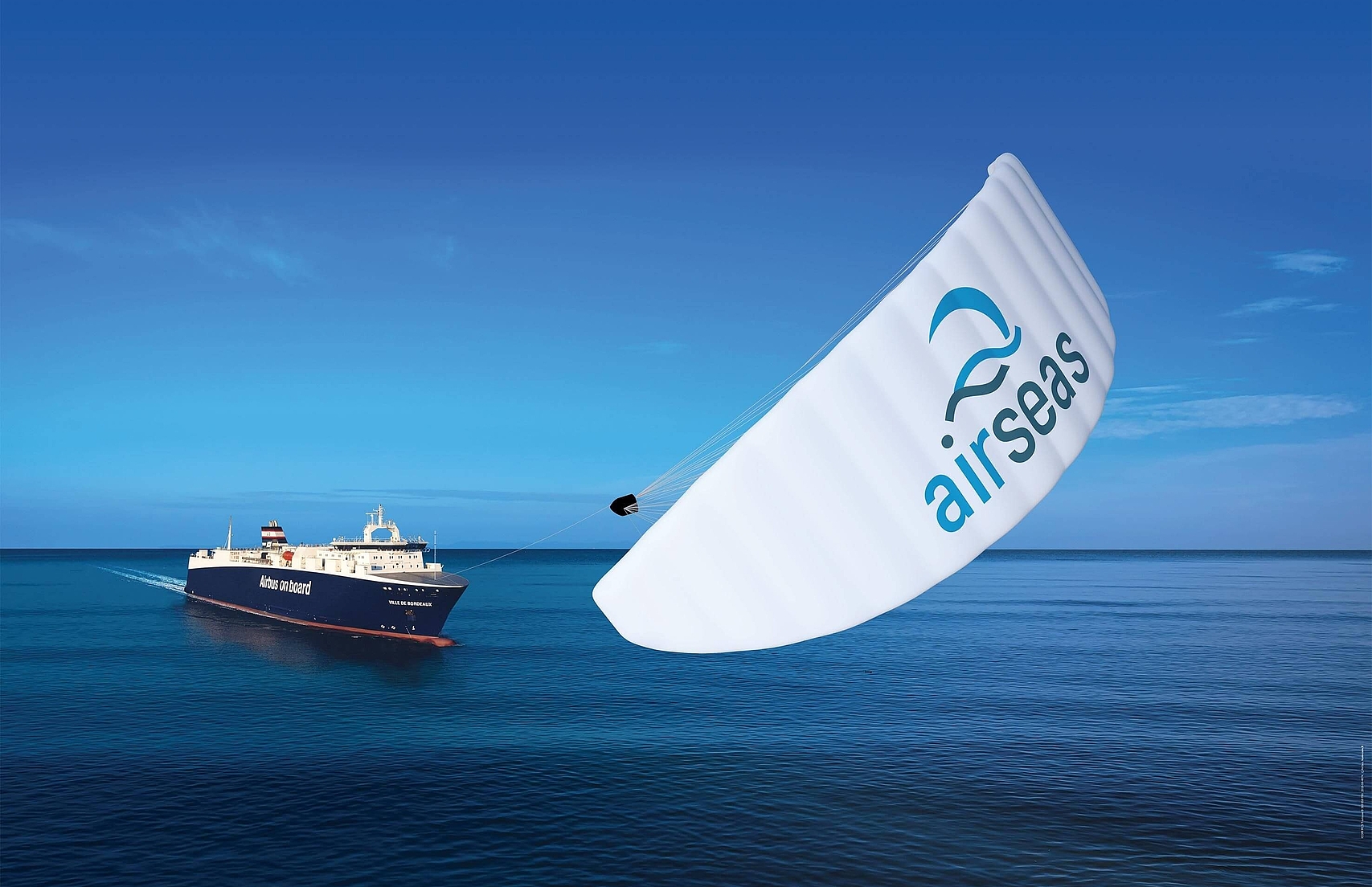风帆或风筝助力货船
在清风中降低能源消耗
- 见解
自人类首次在公海上活动以来,我们充分利用了风能。在过去数年间,货船也越来越多地利用风力作为推进辅助工具。特别是经营公平贸易和有机产品的公司经常将货物 装载在帆船上。除了速度较慢之外,这种船舶的最大绊脚石似乎是船舶货舱的空间有限。然而,随着IMO(海事组织)2020排放法规即将收紧,作为对传统推进方法的支持,额外的风帆或风筝变得越来越有吸引力。采用风帆或风筝的主要好处就是节省成本并减少海上运输产生的大量空气污染。

![[Translate to 汉语 (Simplified):] Bureau MAURIC/Renault SAS](/fileadmin/_processed_/e/8/csm_RENAULT_shipper_partner_NEOLINE2_994d7e56c6.jpg)
自人类首次在公海上活动以来,我们充分利用了风能。在过去数年间,货船也越来越多地利用风力作为推进辅助工具。特别是经营公平贸易和有机产品的公司经常将货物 装载在帆船上。除了速度较慢之外,这种船舶的最大绊脚石似乎是船舶货舱的空间有限。然而,随着IMO(海事组织)2020排放法规即将收紧,作为对传统推进方法的支持,额外的风帆或风筝变得越来越有吸引力。采用风帆或风筝的主要好处就是节省成本并减少海上运输产生的大量空气污染。

![[Translate to 汉语 (Simplified):] Bureau MAURIC/Renault SAS](/fileadmin/_processed_/e/8/csm_RENAULT_shipper_partner_NEOLINE2_994d7e56c6.jpg)